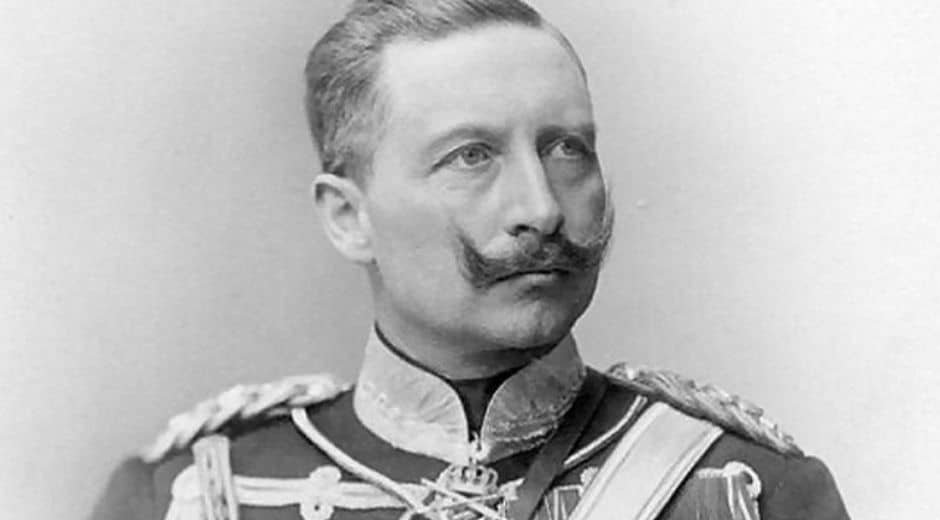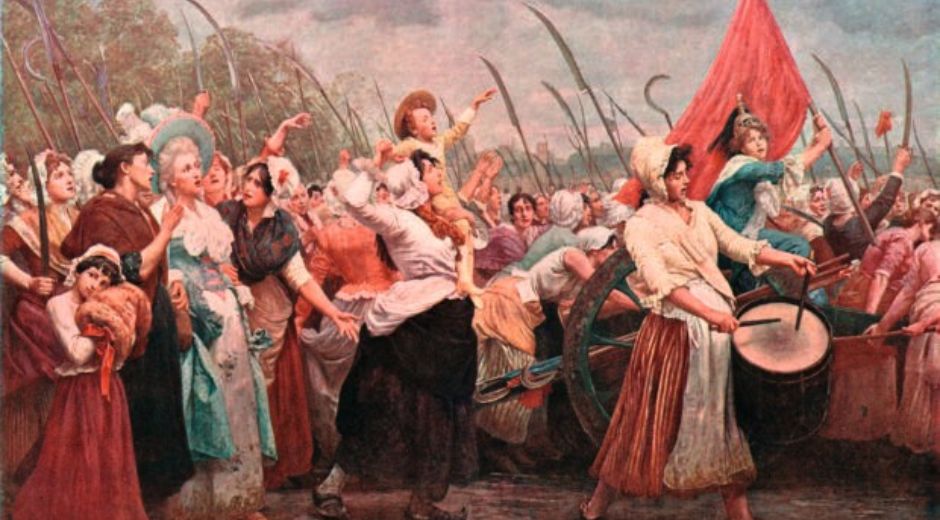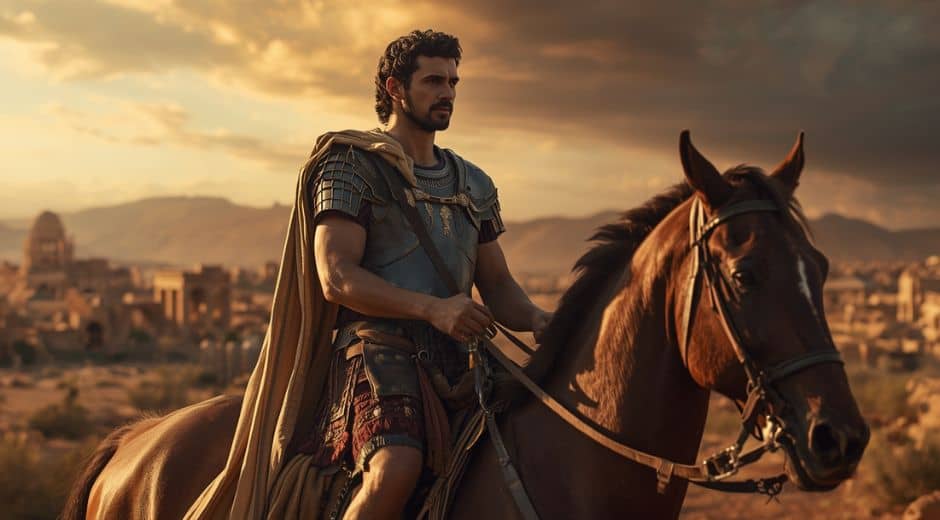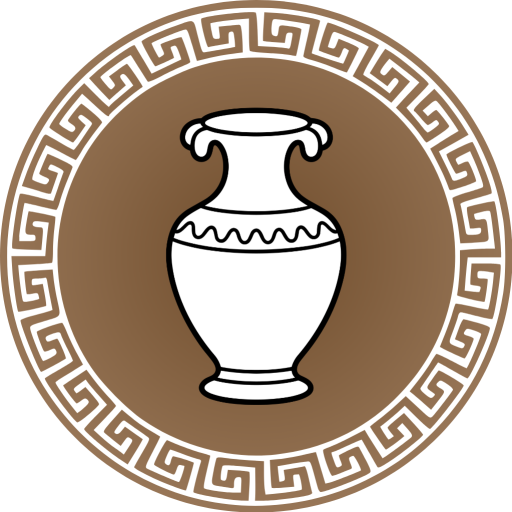Leonardo da Vinci: Genius Beyond Time
Few individuals in history embody the spirit of genius like him. Artist, engineer, scientist, and philosopher — he transcended every boundary of his era. His name has become synonymous with curiosity and creativity, symbolizing the limitless capacity of the human mind. Leonardo da Vinci’s legacy continues to shape how we understand art, innovation, and the very nature of intelligence.
A Polymath Born Ahead of His Time
Born in 1452 in Vinci, Italy, grew up during the dawn of the Renaissance, a time when Europe was rediscovering knowledge from the classical world. From an early age, he showed exceptional skill in observation and invention. Apprenticed to artist Andrea del Verrocchio in Florence, he quickly surpassed his master, blending art with a scientist’s precision.
His notebooks reveal an insatiable mind — sketches of human anatomy beside designs for flying machines, studies of water movement alongside ideas for war inventions. To Leonardo da Vinci, the world was one vast puzzle waiting to be understood.
The Art of Perfection
The works of Leonardo da Vinci are legendary. The Mona Lisa, with her mysterious smile, continues to mesmerize millions, while The Last Supper captures the tension of human emotion in a single moment. His mastery of perspective and light transformed painting forever.
But what makes his art extraordinary is the science behind it. Leonardo da Vinci studied anatomy to understand how muscles moved beneath the skin, dissected corpses in search of truth, and experimented with pigments to create lifelike depth. His paintings are not just works of beauty but results of rigorous observation.
For an in-depth exploration of his artistic innovations, visit The Louvre, where Leonardo da Vinci’s masterpieces remain among the most studied in the world.
The Scientist and Inventor
Beyond his paintings, he was a visionary inventor. His notebooks describe prototypes of helicopters, tanks, and submarines centuries before technology made them possible. He examined how birds flew, how water carved through rock, and how machines could imitate nature’s efficiency.
Although many of his inventions were never built in his lifetime, they demonstrated how imagination could anticipate the future. His understanding of engineering and anatomy influenced countless generations of scientists and innovators.
At Chronostual, we explore figures like him who not only changed their time but expanded humanity’s imagination of what is possible.
The Philosopher of Observation
What truly set him apart was his philosophy of learning. He believed knowledge should come from direct experience, not authority. “Saper vedere” — “knowing how to see” — became his guiding principle. He observed patterns in clouds, proportions in faces, and geometry in nature, connecting disciplines long before modern science unified them.
This approach made Leonardo da Vinci the ultimate Renaissance thinker, bridging art and science into one continuous pursuit of truth.
The Hidden Notebooks
After his death in 1519, thousands of pages of Leonardo da Vinci’s notes were scattered across Europe. Filled with sketches, diagrams, and reflections, they revealed a mind centuries ahead of its time. His mirror-written notes puzzled historians for generations, and even today, new discoveries from these writings reshape how we understand his genius.
For ongoing research on these documents and their modern implications, explore GamingNewsHead, where scholars continue to decode the methods of Leonardo da Vinci’s thought process.
Influence on Modern Science and Design
The impact of Leonardo da Vinci stretches beyond art galleries and museums. His interdisciplinary mindset inspired inventors like Galileo, Newton, and even contemporary engineers and designers. His integration of creativity with technical precision remains a model for modern innovation.
From robotics to architecture, echoes of his thinking can be seen everywhere. The modern concept of “STEM to STEAM” — combining science, technology, engineering, and art — mirrors what Leonardo da Vinci practiced 500 years ago.
A Legacy of Human Potential
Leonardo da Vinci reminds us that genius is not confined to a single field but is the result of curiosity and courage. He broke barriers between disciplines, turning observation into innovation and art into discovery.
His life teaches that creativity thrives when imagination and reason work together. Through his endless exploration, Leonardo da Vinci became a bridge between the known and the possible.
Conclusion
The legacy of Leonardo da Vinci endures not because of his masterpieces alone, but because of his mindset — one that viewed the world as a canvas of infinite connection. His notebooks, paintings, and inventions reveal a truth as relevant today as it was in the Renaissance: curiosity is the seed of progress.
By studying Leonardo da Vinci, we rediscover the boundless nature of human potential, proving that knowledge, when guided by wonder, can truly make us timeless.
History Insight Legacy
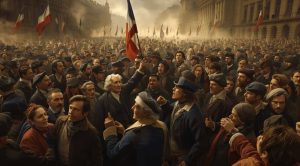
The French Revolution: When the People Rose
The French Revolution ignited a new era of freedom, equality, and human rights, transforming society and inspiring movements that shaped the modern world.

Leonardo da Vinci: Genius Beyond Time
Leonardo da Vinci, the ultimate Renaissance mind, merged art, science, and imagination to redefine creativity and human potential across centuries.

The Black Death: Hidden Impact Behind the Plague
The Black Death reshaped medieval Europe in ways beyond devastation, triggering hidden social, cultural, and economic transformations that redefined civilization.






